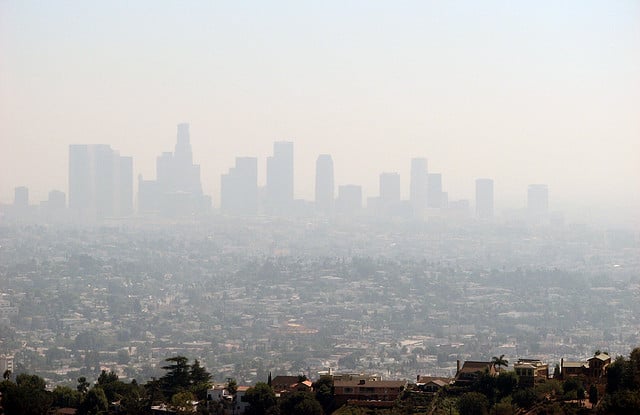The Clean Air Act (CAA) directs the Environmental Protection Agency (EPA) to define “hazardous air pollutants (HAPs)” that may pose acute health hazards, and to impose regulations to reduce those hazards. Controls include permits for “major sources” of HAPs based on “Maximum Achievable Control Technologies (MACT),” and lesser controls for non-major “area sources.” Effective September 10, 2024 EPA has reinstated a policy that an emission source that met major source criteria at the time an applicable MACT became effective is “once in, always in” – even if a source makes binding changes reducing its “potential to emit” below the applicable major source threshold, it still cannot formally requalify as a less-regulated area source. This policy was in force from 1995 until EPA reversed it in January 2018 to allow full reclassification. EPA subsequently codified this approach in a rule issued in 2020. However, EPA has now revised that rule to reinstate “once in, always in.” The rest of this note summarizes CAA requirements for HAP sources, and the latest change.
Read MoreAudit, Compliance and Risk Blog
EPA reinstates “Once in Always in” policy for major sources of hazardous air pollutant emissions
Posted by Jon Elliott on Wed, Oct 09, 2024
Tags: Environmental risks, CAA, clean air, Air Toxics, Environment, Clean Air Act, environmental protection
On March 1, 2024, the Environmental Protection Agency (EPA) revised Accidental Release Prevention (ARP) program rules under the Clean Air Act (CAA). ARP was authorized by the 1990 Clean Air Act (CAA) Amendments, and is often known by its core requirement that targeted facilities prepare Risk Management Programs (RMPs) to prevent and respond to potential catastrophic releases of chemicals. The adoption finalizes an agency proposal from 2022 (it also recounts a long series of proposal dating back to 2014; I wrote about it HERE), in which the Biden-era EPA proposed to many of the narrowing amendments to RMP/ARP enacted in 2019 during the Trump Administration (I wrote about the 2019 changes HERE).
The rest of this note summarizes the new revisions, noting their differences from current rules.
Read MoreTags: Health & Safety, EPA, CAA, chemical safety, Air Toxics, Clean Air Act, Toxics Release
The Environmental Protection Agency (EPA) announced on February 7. 2024 its decision to tighten one the National Ambient Air Quality Standard (NAAQS) for particulate matter less than or equal to 2.5 microns; (PM-2.5; also call “fines” in contrast to larger particulates). This decision completes EPA’s reconsideration of a decision in 2020 not to adjust the PM-2.5 requirements (I wrote about that decision HERE); the change reflects in part the changed priorities between the Trump and Biden administrations. The rest of this note summarizes NAAQS issues as they apply to PM-2.5.
Read MoreTags: Environmental risks, Environmental, EPA, clean air, Air Toxics, Environment, Clean Air Act, Environmental Policy
In 1987, California adopted the Air Toxics “Hot Spots” Information and Assessment Act, responding to increasing concern over toxics in the air (AB 2588 (Connelly, Sterling)). This law complements California’s enforcement of national requirements governing stationary source emissions of air toxics. The federal Clean Air Act (CAA) required the U.S. Environmental Protection Agency (EPA) to establish and maintain a list of air toxics, named as Hazardous Air Pollutants (HAPs), and to set emissions standards (National Emissions Standards for Hazardous Air Pollutants (NESHAPs) for many HAP emission sources; California incorporates HAP/NESHAP requirements into the state’s Toxic Air Contaminant (TAC) / Airborne Toxic Control Measure (ATCM) program. (I discussed these requirements HERE).
Read More
Tags: OSHA, CAA, Cal/OSHA, California, Air Toxics, NESHAPs, TAC, ATCM, Hot Spots Act, OEHHA, BAAQMD, HAPs, ARB
The federal Clean Air Act (CAA) requires the U.S. Environmental Protection Agency (EPA) to establish and maintain a list of air toxics, named as Hazardous Air Pollutants (HAPs), and to set emissions standards for many sources of such pollutants. HAPs include heavy metals, organics, and other airborne pollutants that are not otherwise regulated as “criteria” air pollutants (such as carbon monoxide, particulate matter, and ground level ozone). This note summarizes requirements applicable to stationary sources.
Read More



